Fifteen years ago, the fully electric Nissan Leaf played a pioneering role. Then came the disadvantage of being first. Now there is a completely new Leaf, but does Nissan return to the forefront with it?
What kind of car is the Nissan Leaf?
In October 2010, exactly 15 years ago, we first became acquired with the Nissan Leaf, the first modern EV built on a large scale. In 2018, the Leaf received a significant update, but that was it. Call it the disadvantage of being first or perhaps a shift in priorities. It wasn’t until 2022 that Nissan introduced a serious follow-up: the Ariya, a crossover slightly larger than the Leaf. Meanwhile, there is a fully electric Micra, and next year an electric Juke and a small car related to the Renault Twingo will arrive. Now we are driving the first kilometers with the third generation of the Leaf. This new Leaf has nothing in common with the previous generation except its name. Generation three shares its base with the slightly larger Ariya, which is also the same scalable architecture that Renault uses for the Megane and Scénic and on which Alpine will build the A390.
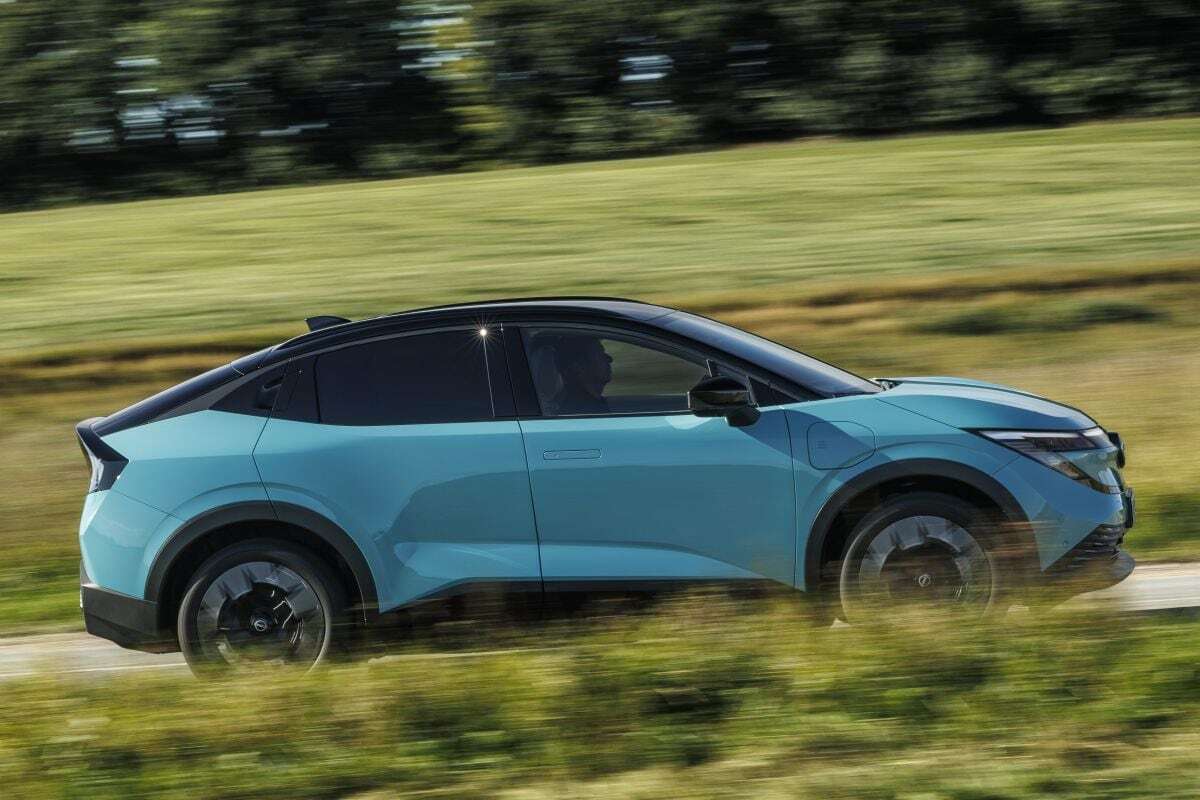
The new Nissan Leaf shares its genes with its big brother: the Nissan Ariya. And with its cousin: the Renault Megane
How much space does the Leaf offer?
The Leaf is one centimeter taller than its predecessor. With its roof line sloping down after the front doors, we classify it among the four-door crossovers. The wheelbase measures 2.69 meters, only five millimeters more than that of the Renault Megane. This distance between the front and rear axles is indicative of the interior space. In the front, we have no complaints about space, even if you are taller than average. The only downside is the short seat cushions and the headrests that press between your shoulder blades and neck even in the highest position (if you are taller). In the rear, space is limited. Legroom is only modest, and headroom under the demolition roof is practically nonexistent. As an adult, you’d prefer to sit in the front. The luggage space measures 437 liters (although we don’t know if that’s according to the VDA measurement method), and to the eye, it looks fine for a C-segment car. Under the trunk floor, you can store the charging cable, and if you need more space, the floor can be adjusted in height in two sections. By the way, there is no frunk; the charging cable must always be stored in the back. The rear visibility is quite limited because the rear window is not too large. Although we are not fans of the digital rearview mirror, it could offer some relief—especially with passengers in the back. However, Nissan has said that it will not be included.
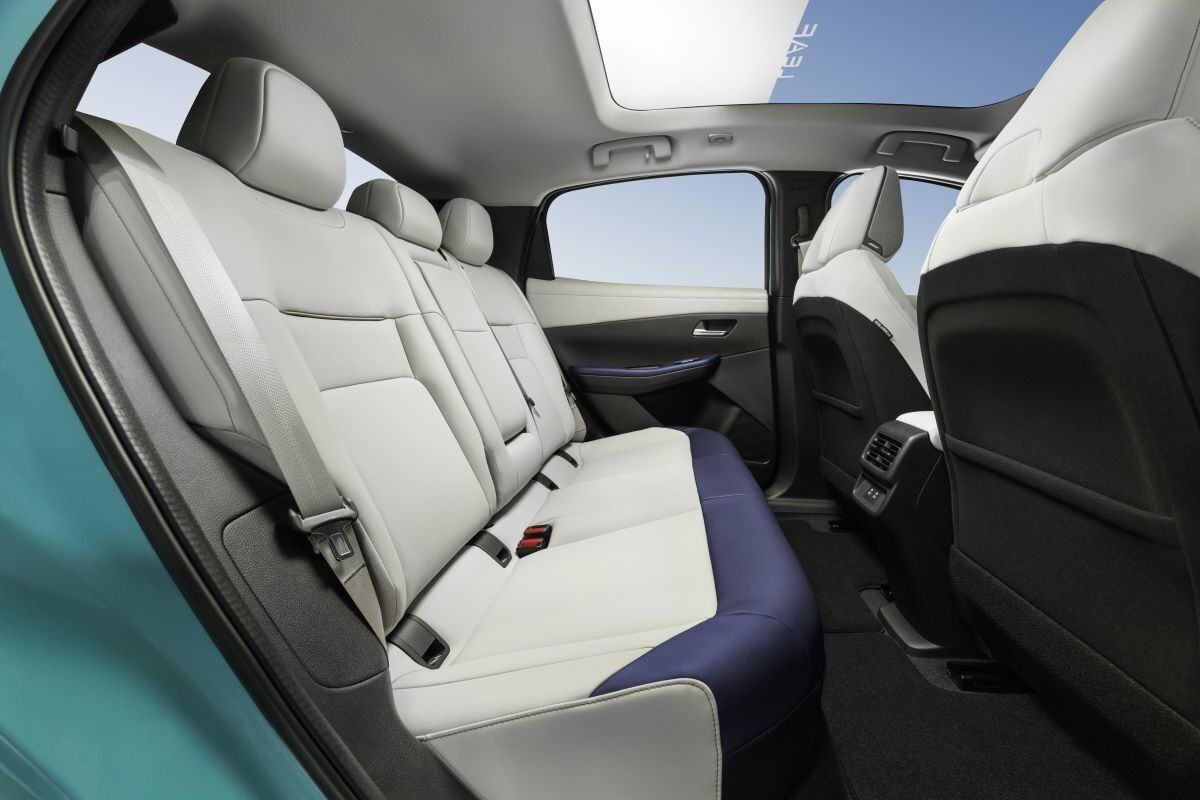
Due to the sloping roof line, you don’t have much headroom in the back.
Is the operation simple?
Nissan has not yet announced which trim levels will be available. The interior of the car we had our first encounter with looks well-finished and tastefully designed. The materials you come into direct contact with, such as the door trim, feel pleasant. The dashboard is dominated by a wide display with digital instrumentation directly in front of us and the multimedia system to the right of it. The instrumentation is a busy and not very clear whole. It is not only necessary to read information from it but also to perform many settings via the buttons on the steering wheel. This requires too much attention, which is not necessary in itself. Many of the settings could easily be handled via the infotainment system running on Android Automotive, which is well-suited for that. Although we know Android Automotive cars where that works a bit more pleasantly, Volvo for example. It is nice that for the most important air conditioning settings, there are touch buttons below the multimedia system, permanently available.
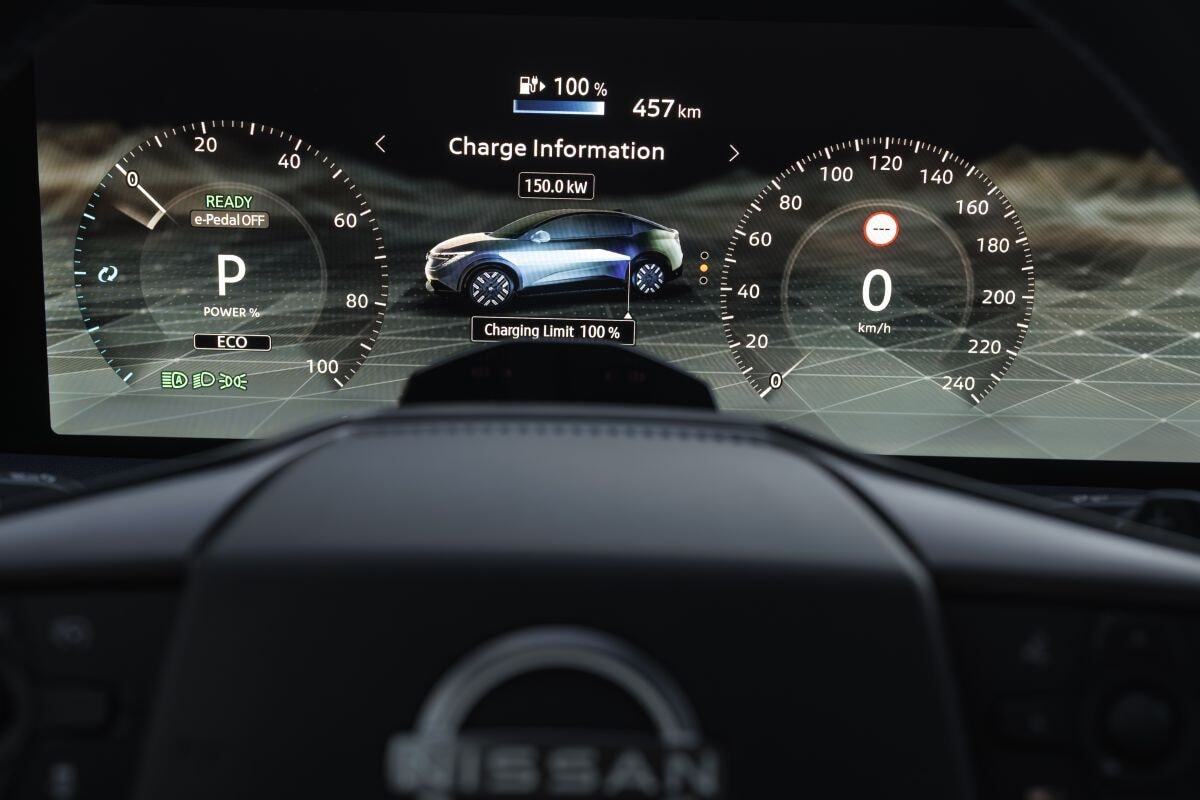
The instrumentation is not the prime example of clarity. And you also need it for numerous settings.
Which battery versions are available?
The Leaf comes with a choice of two battery variants, one with a capacity of 52 kWh and the other with 75 kWh. According to specifications, the first one can travel 445 kilometers and the second even 622 kilometers. Respectable figures. Both can charge at an AC charging station with 11 kW. At the DC fast charger, the small battery peaks at 105 kW and the large one at 150 kW, which are no longer groundbreaking values but often sufficient in practice. In combination with the small battery, the electric motor delivers a maximum of 177 hp, and with the large battery, 217 hp is delivered to the wheels.
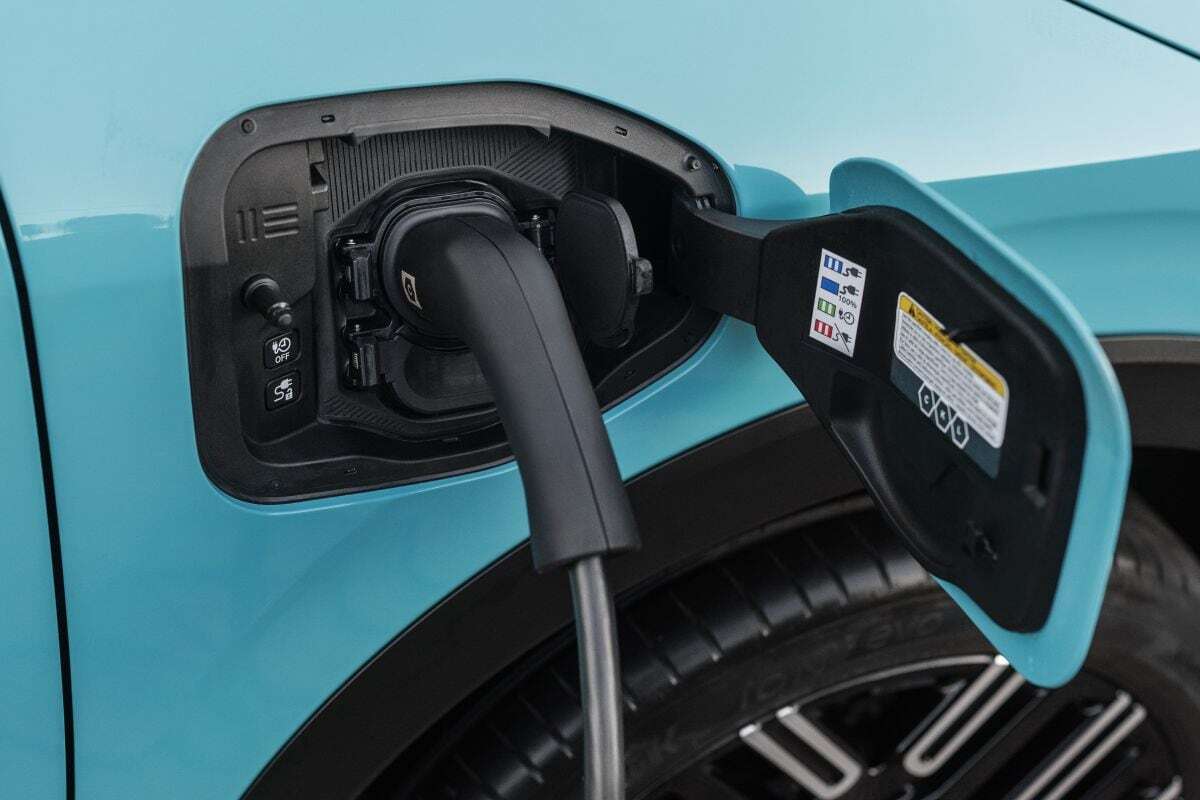
With the large battery pack, a range of 622 kilometers should be achievable according to WLTP.
Does this EV get you around adequately?
Our first encounter was with the more powerful of the two. We lack nothing to keep up nicely with traffic; the motor responds alertly to the accelerator. In Sport mode, it hardly changes; the differences between driving modes are minimal. The degree of engine braking when releasing the accelerator can be adjusted. With a press of the e-Power button, the car brakes slightly more sharply than when you release the accelerator in a combustion engine car. You can also set the level of regeneration with the paddles behind the steering wheel, from almost resistance-free coasting to almost one-pedal driving. However, full one-pedal driving is not possible. The car always creeps a bit; for the last bit of deceleration, you need the brake pedal. If the battery is too full to store recovered energy, you must press the brake, just as when greater deceleration is desired. The transition from regenerative to mechanical braking is seamless.
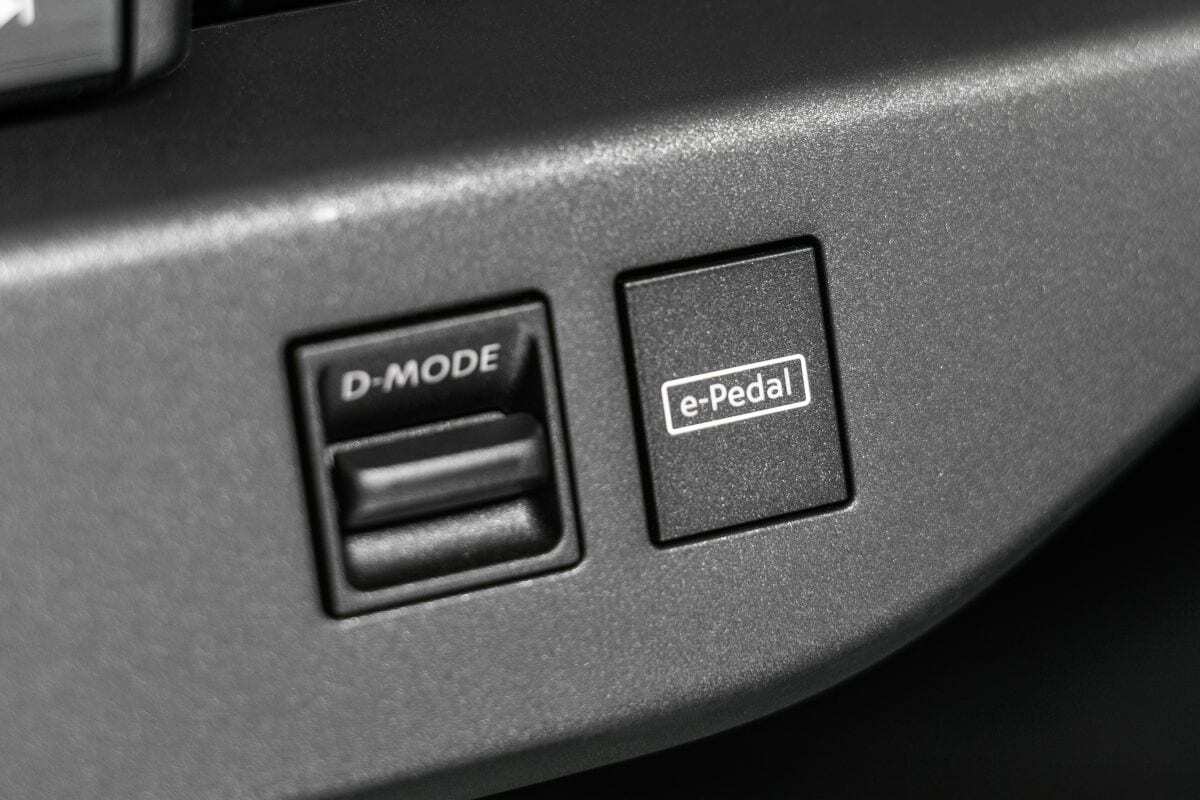
The differences between the various driving modes are minimal.
How does the new Nissan Leaf drive?
The new Leaf has independent suspension all around. In the front, you get MacPherson struts, and in the rear, a multi-link system. This makes the car nicely stable and tracks well. The tuning of springs and shock absorbers has nicely sought the middle ground between comfort and dynamics, a middle-of-the-road setup that won’t offend anyone. The steering is nicely power-assisted and thus rather numb; there isn’t much communication. However, the car follows the intended direction well, as long as you don’t give too much gas on a wet road in a corner, in which case a controlled form of understeer occurs, as befits a front-wheel-drive car. By the way, all-wheel drive like in the closely related Ariya is not planned for the Leaf. And with that, the chance of a powerful Nismo variant like with the Ariya seems slim, as 4WD seems highly desirable to put the engine power to the ground.
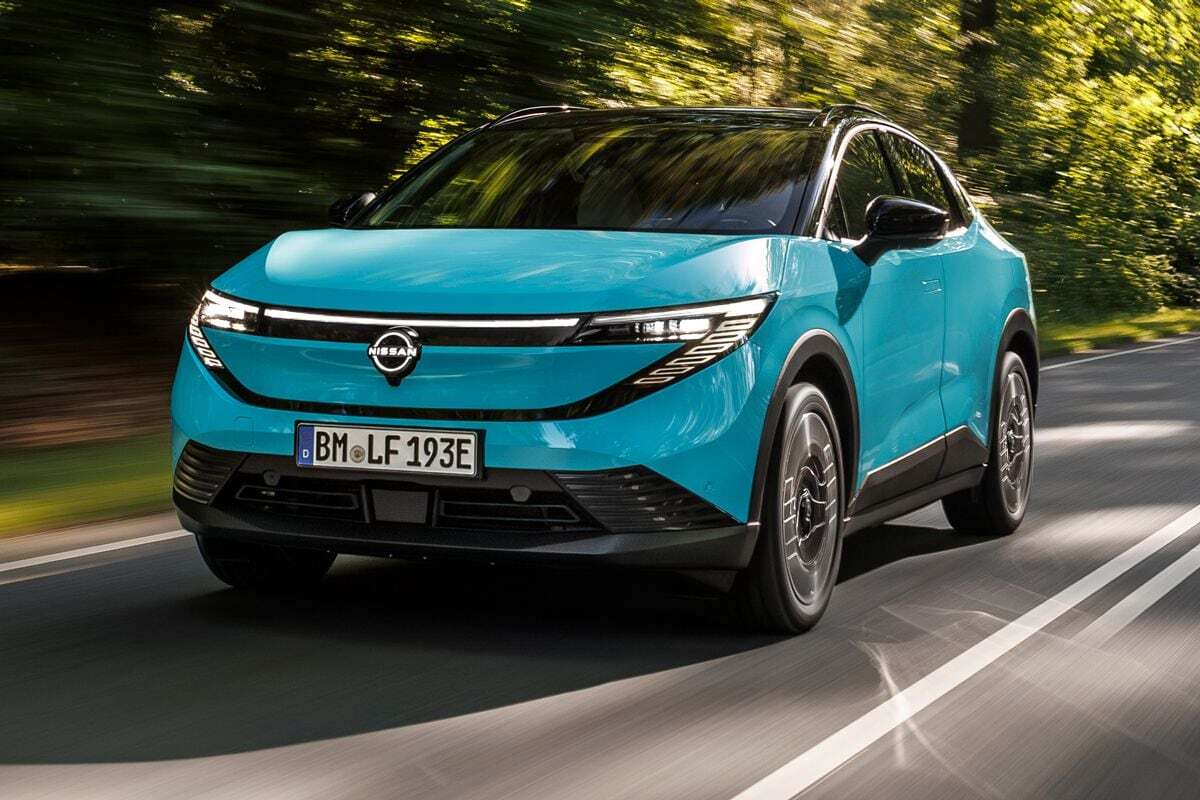
The tuning of springs and shock absorbers nicely maintains the middle ground between comfort and dynamics.
What will it cost?
Nissan will announce exact prices and an overview of the equipment levels at a later time. However, assume that the starting price for the version with the small battery will be around €36,000 and with the larger battery around €41,000. This makes the Leaf slightly cheaper than the most affordable Renault Megane E-Tech, but that Renault has a slightly larger battery and more power than the entry-level Leaf.